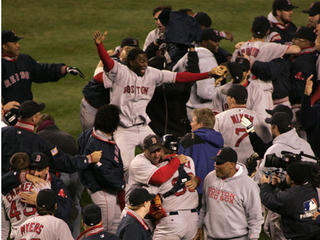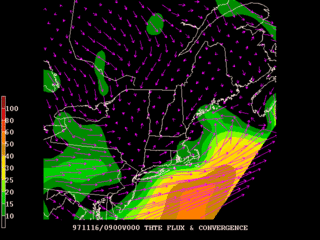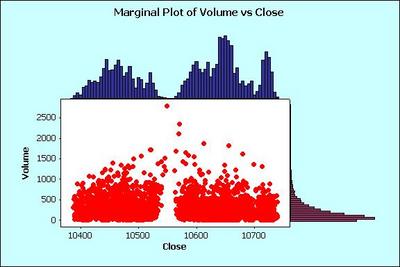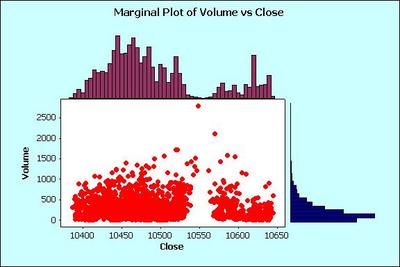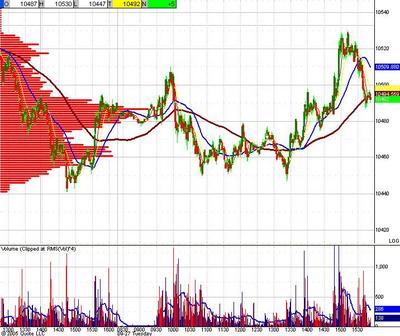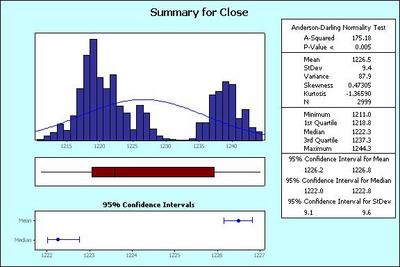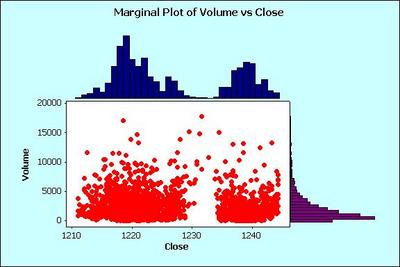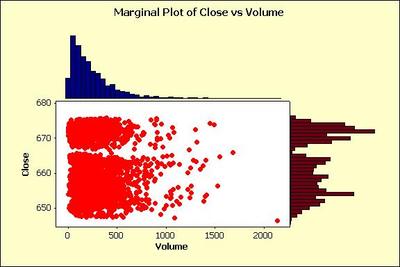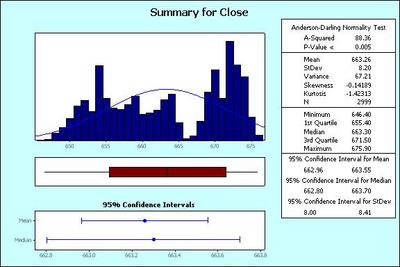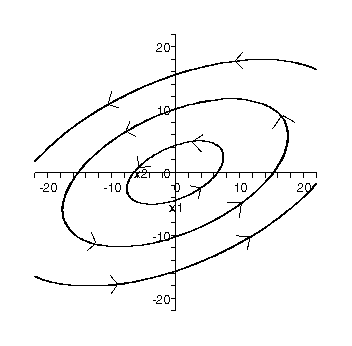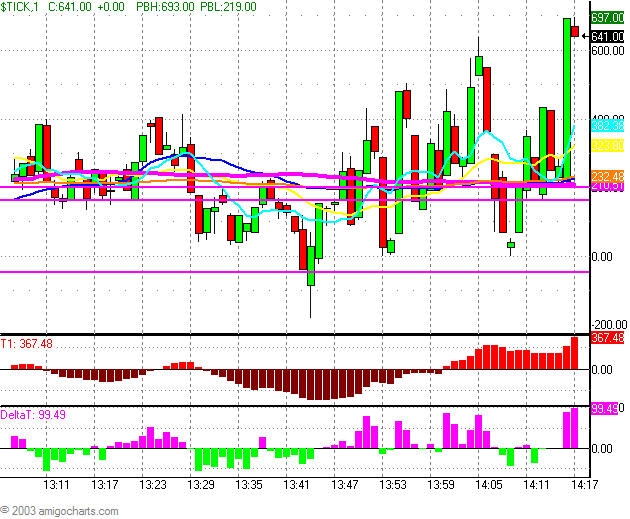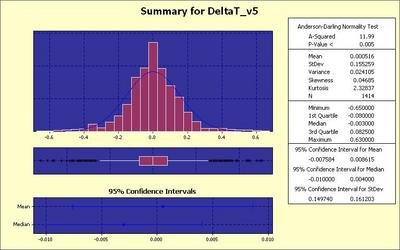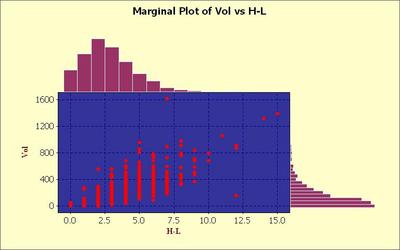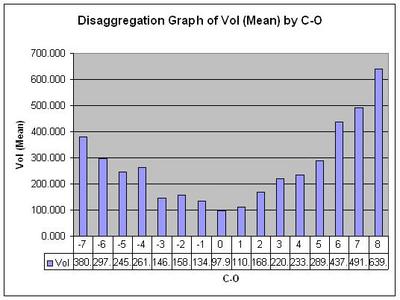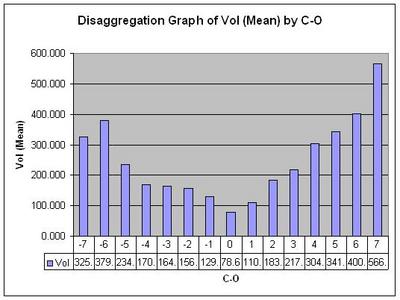
A method to quickly review and correct errors so they do not repeat or continue to affect the traders results is being made available here.
It can be done by the trader by himself or as stated by another trader willing to help which is what I would recommend for the best result.This review can also be done simply as a trade by trade review of each trade during the day starting from the beginning and skipping trades that were unremarkable. A log of trades and some good memory or written or recorded notes as to the reasons why trades were entered or exited is helpful in this kind of review and correction.
Peer Review: Trader CorrectionThis procedure is to be followed:
1) Establish winning and losing trades for the day.
2) Throw out all trades with minor gains or break even.
3) Take the first losing trade of the day and determine:
a) The set-up and trigger for the trade and entry price, exit and stop.
b) What happened that was unexpected including any news.
c) Whether or not the set up actually existed prior to entry and the reason for the exit.
d) If no set up existed or the exit was incorrect determine what occurred prior to the entry or exit which confused the trader.
e) Determine what was the actual situation at that time.
f) Have the trader review what he would now do and why.
g) If the trader feels he has learned something and is cheerful on the subject of having corrected his error – end the review of this point and as needed have him correct his trading plan to avoid making this same error.
h) Determine if the same error led to other losing trades later in the day and quickly note such without further correction.
i) Go to the next losing trade of the day and repeat a-h.
4) Take the first winning trade of the day which was substantial and determine:
a) What was the set-up and trigger for entry and when was profit taken.
b) Determine if the strategy the trader was using was fully applied.
c) If so, congratulate the trader on his profits.
d) If not, determine if there was a disagreement that the trader had about the strategy, or a disagreement of some sort with it.
e) Find out when this disagreement first occurred and have the trader tell you his thoughts on the strategy.
f) If the strategy itself is flawed, have it corrected on the trading plan.
g) If the trader misapplied or misunderstood the strategy carefully work out what confusion he has with it by walking him through the trade and finding out when the confusion first occurred. Look prior to that point for any variable which distracted the trader or made him feel like he could not execute the strategy.
h) Clear up the reason for that confusion and drill as needed future application of the valid strategy.
5. Watch for any extreme emotional reactions to specific trades and ensure that if such occur steps are taken to get the trader to relax and concentrate on the peer review.
6. No trader critical approach is to be communicated. The trader himself is not allowed by peer to shrug it off with self effacing attitudes. Once a review is started, no further trading is done until it is completed, on the strategy involved.
7. When the trader and peer reviewer are both satisfied that the cause of poor trades and poorly executed trades has been determined and are both HAPPY to have corrected any errors in trading or strategies this peer review is ended.



